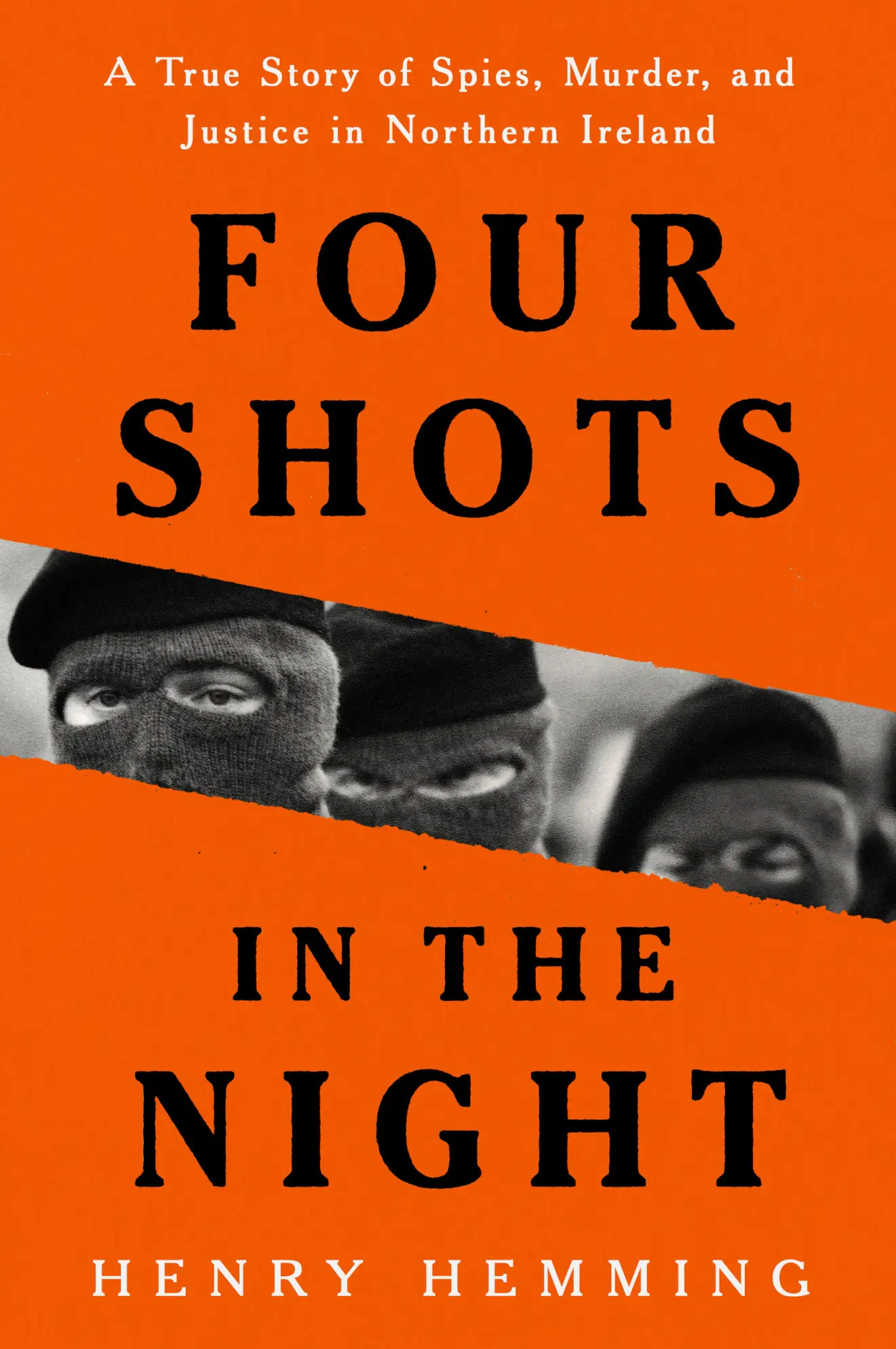
The Killing of an IRA Man
April 1, 2024 | The Wall Street Journal
The political conflict in Northern Ireland that not so long ago involved a cycle of terror and reprisal has given way to a series of dry bureaucratic spats. The regional parliamentary assembly in Belfast recently reconvened after a two-year hiatus when the Democratic Unionist Party agreed to work alongside the nationalists of Sinn Féin. A fragile agreement about customs checks that threatened to upend Brexit has produced a baffling series of rules involving red lanes, green lanes, and a border in the Irish Sea. Such technocratic disputes represent real progress: the use of the legal process rather than bullets.
Yet the Troubles—the years of violence between Irish nationalists and Unionists that began in the late 1960s and ended with the Good Friday Agreement of 1998—are no distant memory. “The past is here,” writes Henry Hemming about Northern Ireland, “and will not leave until it has been seen.” Mr. Hemming is the author of Four Shots in the Night, the best book about the Troubles since Patrick Radden Keefe’s Say Nothing (2018). The two complementary volumes fill in each other’s gaps. Mr. Keefe focused on Gerry Adams, the charismatic political face of Irish republicanism. Mr. Hemming singles out Mr. Adams’s brother-in-arms Martin McGuinness, a feared and taciturn IRA leader who later turned statesman. Say Nothing hovers around Belfast; Four Shots keeps its focus on the city of Derry/Londonderry. Both unwind painful stories of old political murders. What unites the two books is outstanding reporting and an unflinching focus on the facts at hand.
Four Shots in the Night explores the role that espionage played in the resolution of the Troubles. Mr. Hemming cites a senior intelligence official who asserts that one in three IRA leaders “was either close to a British agent” or was actually “being run by a handler or case officer.” During the negotiations that led to the Good Friday Agreement in 1998, MI5 tapped McGuinness’s phone and placed an agent in his car as the driver. Even this year’s breakthrough in self-government at Stormont involved a wire-wearing insider leaking news about intra-party discussions.
The book opens with the approach of a British agent to a mid-level IRA man named Frank Hegarty on a cold Derry lane in 1980. In this way Four Shots conjures a period that was full of danger, intrigue, and atmosphere. Yet as soon as Mr. Hemming establishes the mood of a John le Carré scene, he unbalances the reader. British handlers more typically met with their agents not under gas lamps or at gloomy dead drops, he explains, but in unglamorous army barracks. One pair of spooks used the humble front parlor of a house, “with security provided by a British colonel sitting outside in a Ford Granada.”
What mattered was less the setting than the information changing hands. Hegarty shared intelligence about three major caches of weapons that the IRA received from Muammar Gaddafi’s Libya. McGuinness and Hegarty had stashed the arms across the border in the Republic of Ireland and both knew where they were.
How soon to act on this tip represents “the spymaster’s dilemma,” Mr. Hemming writes. Would the authorities save more lives by seizing the weapons immediately—and thereby selling out their mole? Or perhaps they should keep Hegarty in place and their eye on the guns, despite the risk that they might be used against civilians. When Irish police confiscated the three caches in early 1986, the operation was described as their “biggest ever arms haul.” A frantic Hegarty immediately went into hiding in Britain. After being lured back to Derry by McGuinness, who promised safe passage, Hegarty was murdered.
The balance of Four Shots in the Night explores the head-turning possibility that another British agent inside the IRA might have pulled the trigger—on McGuinness’s order. Freddie Scappaticci had worked his way up to the top of the IRA’s feared “Nutting Squad,” which dealt with informers and ran counterintelligence. Yet he was also Britain’s highest placed spy inside the Republican movement—“a one-man Bletchley Park” whose audio recordings were played for Margaret Thatcher. Scappaticci’s intelligence “was so valuable, and so extensive, that it was starting to change the shape of the conflict in Northern Ireland.” He knew “the locations of weapons, the outlines of some forthcoming IRA attacks, and even the identity of IRA agents inside the Irish police and the Irish army.”
It was the spymaster’s dilemma once more: such an intelligence bonanza might be worth the cost of having Scappaticci perform murder to maintain his cover. Rules for crimes committed by agents were murky. The dilemma took on broader dimensions. As McGuinness moved away from IRA operations into politics in the 1990s, perhaps Britain was justified in insulating and even elevating him so that he could continue to work toward peace. Mr. Hemming does not pretend to have answers, but his book asks the right questions. At any rate, to the families of those killed, the demands of justice and accountability lost out to cold-eyed realpolitik.
Ghosts and pain linger, yet time has made a reckoning impossible. Martin McGuinness died peacefully in 2017 and received the equivalent of a state funeral before burial in a republican cemetery. The Northern Ireland Troubles Legacy and Reconciliation Act of 2023—a controversial amnesty law—halted civil and criminal proceedings into crimes committed during the 30-year conflict. And Freddie Scappaticci passed away in 2023 without being charged for any crime associated with Hegarty’s death. These trade-offs, escapes, and compromises leave the reader unsettled, full of doubt and with a feeling of debts left unpaid. No story about the Troubles could end with the satisfaction of outrage quenched. In that way, Four Shots in the Night is the very best type of spy book: it is the real thing.